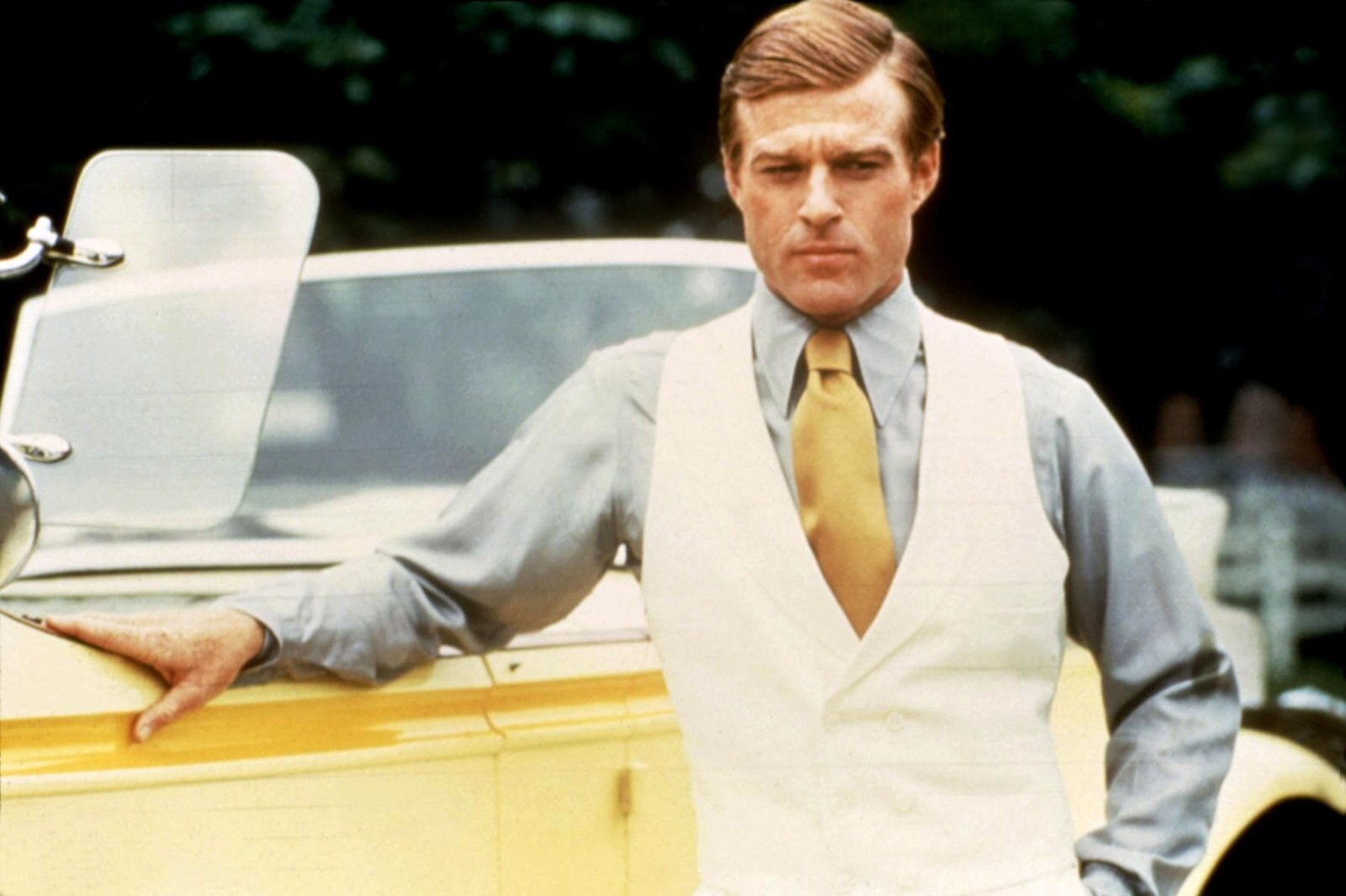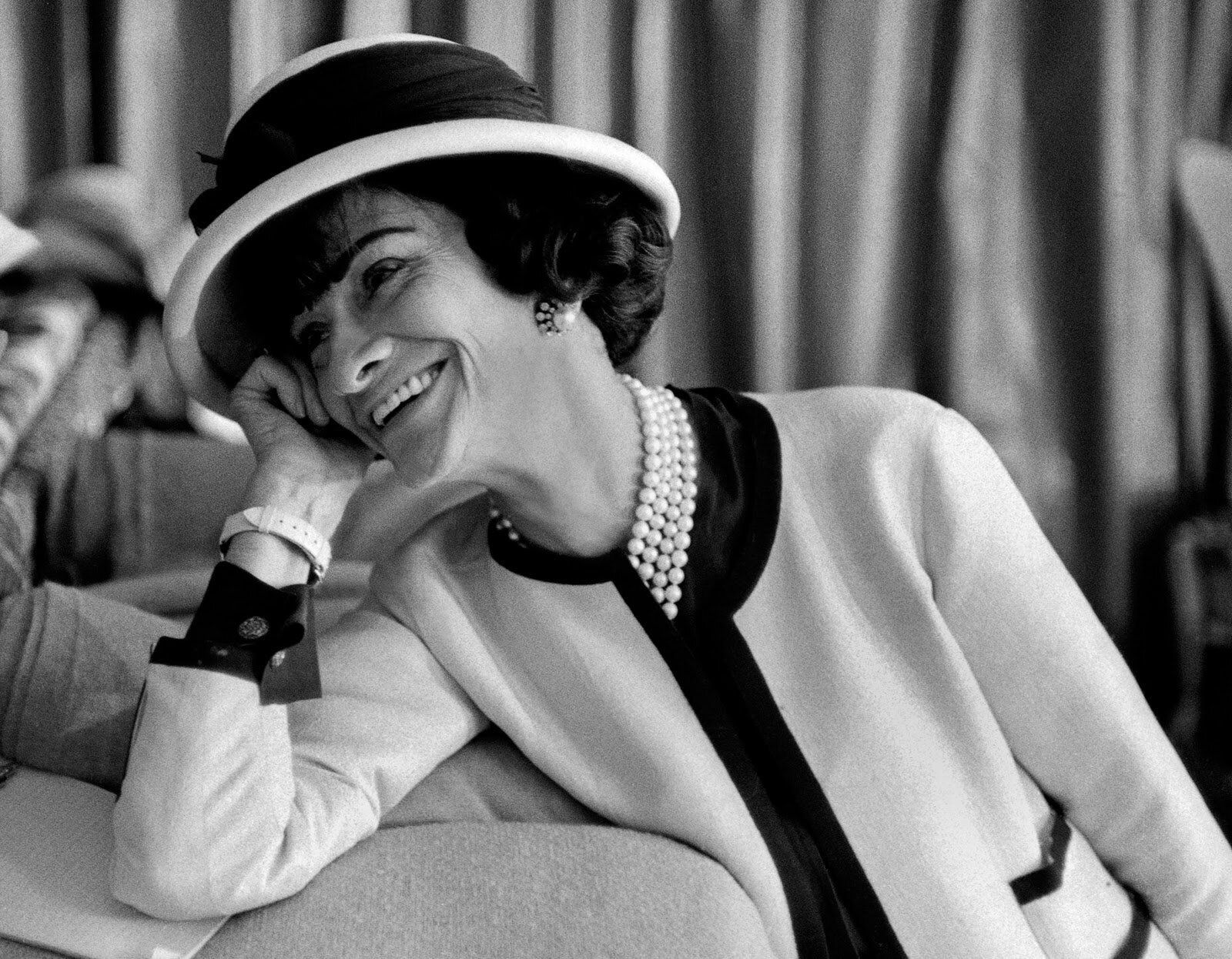1920’s The Roaring 20’s
After the Great War women emerged from the Work place with a new found independence and college degrees. This freedom of mind and wave of liberalism was mirrored in the music that took a stronghold of the post-war era; The Jazz Age. It was a time for freedom of expression and people loved to dance to Charleston and Rag-time.
Paris was spearheading the latest women’s fashion trends and one designer in particular seemed to have her finger on the pulse. Coco Chanel was delivering to emancipated women, shorter skirts that reached the calf, she dispensed with accentuating the bust and hip and sought a more androgynous look.
She lead the way for women wanting to escape the constricted Belle Epoque female form.
Using innovative fabrics such as jersey wool, previously associated with male underwear and inspired by the doleful uniforms she wore as a child, she reimagined the School Uniform for a mature empowering style.
A starched collar, navy sweater and bow in her hair. Women would have Coco Chanel to thank for popularising trousers, collarless box suits an eventually the little black dress.
During the 20’s Fitzgerald wrote The Great Gatsby which was later produced for the big screen. Once in the 74’ starring Robert Redford and the wardrobe of Ralph Lauren, the second with Leonardo Di Caprio in the remake with Brooks Brothers fittingly supplying many costumes for the men in the movie.
The Gigolos would descend on the Hammersmith Palais de Danse every afternoon dressed in immaculate costume of tails and well pressed trousers.
Their competition were men returning from the army in over-sized grey flannel trousers, otherwise known as Oxford Baggy’s, also with a penchant for Dixieland Big Band. Whether you wore ‘Baggy’s’ or more fitted trousers, it would be a full cut and a high waist.
The traditional suiting style would be a three piece suit with the vest lighter than the outer jacket. At times the vest would be replaced for a sleeveless sweater.
The Smoking jacket was becoming trendier than the tailcoat and the evening dress would either be black or white, but always cut from the same matching fabric.





